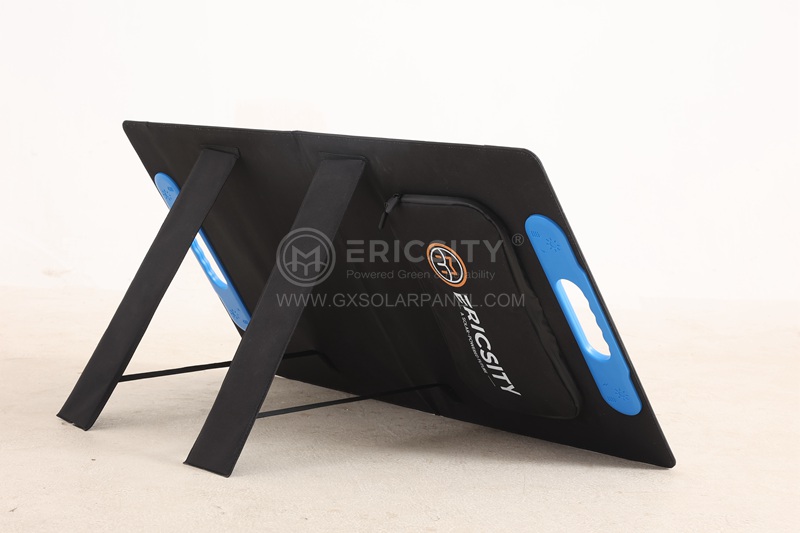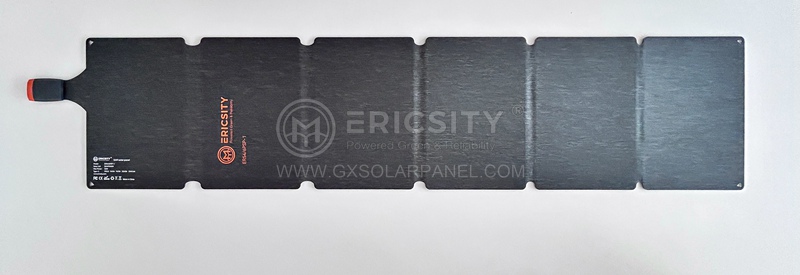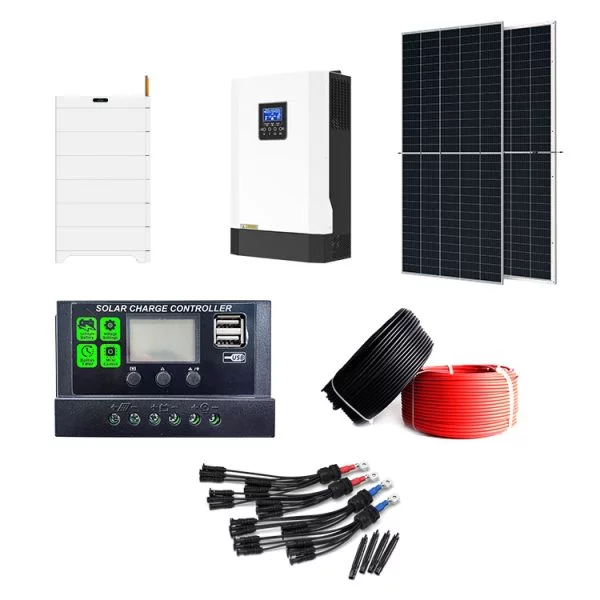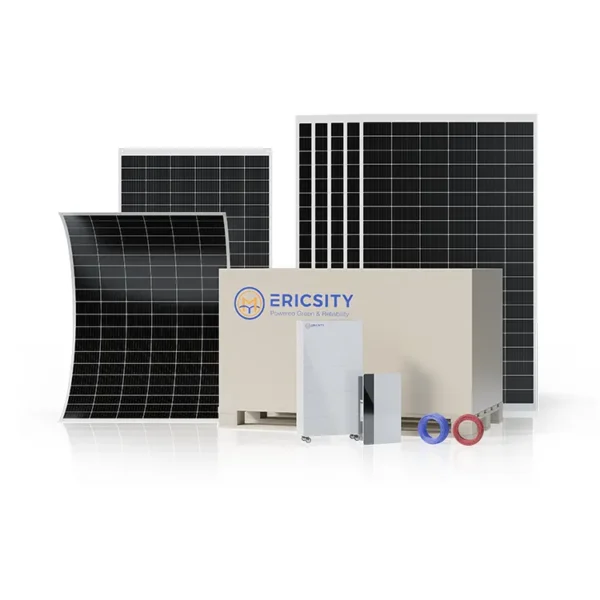HOT PRODUCT
Product Details
160w Semi-flexible Solar Panels Vs. Traditional Panels: A Comparison
160w Semi-flexible Solar Panels Vs. Traditional Panels: A Comparison
Solar energy is becoming increasingly popular as a renewable and sustainable source of power. As solar technology continues to advance, there are various types of solar panels to choose from. In this article, we will compare 160w semi-flexible solar panels with traditional panels and highlight their differences and benefits.
1. Flexibility and Versatility:
One of the key advantages of semi-flexible solar panels is their flexibility. Unlike traditional rigid panels, semi-flexible panels can be bent to fit curved surfaces, making them highly versatile. This flexibility allows for installation on irregularly shaped areas such as boats, RVs, or even on the roofs of vehicles.

2. Weight and Build:
Traditional solar panels are typically heavy and require a sturdy mounting structure for installation. On the other hand, semi-flexible panels are lightweight, which makes them suitable for applications where weight is a concern. Their lightweight build also reduces the strain on the mounting system and simplifies the installation process.


3. Durability and Resistance:
When it comes to durability, traditional panels are known for their sturdiness and resistance to external elements. However, semi-flexible panels are designed to withstand harsh conditions, including impact and vibration. They are also highly resistant to corrosion, moisture, and UV radiation. This makes them an excellent choice for marine applications or areas with frequent temperature fluctuations.
4. Aesthetics and Design:
Semi-flexible panels have a slim design and a low profile, which makes them aesthetically pleasing and less intrusive compared to traditional panels. For those seeking a sleek and subtle solar panel installation, semi-flexible panels are the ideal choice. Traditional panels, although efficient, tend to be bulkier and may not be suitable for applications where aesthetics play a crucial role.

5. Energy Efficiency:
Both 160w semi-flexible and traditional panels can generate similar power output, given the same wattage rating. However, traditional panels are typically more efficient in converting sunlight into electricity due to their rigid design and better solar cell coverage. This means that traditional panels might yield slightly higher energy output under optimal conditions.
6. Cost-Effectiveness:
Semi-flexible panels are generally more expensive than traditional panels due to their advanced design and flexibility. However, the overall cost will also depend on installation requirements and other associated components. Traditional panels tend to be cheaper as they have been in the market for longer and are more widely available.
7. Maintenance and Lifespan:
Both types of panels require minimal maintenance. However, traditional panels may have a longer lifespan compared to semi-flexible panels due to their robust construction. The average lifespan of traditional panels can range from 25 to 30 years, while semi-flexible panels may last around 15 to 20 years. Regular cleaning and inspection are recommended for both to ensure optimal performance.
In conclusion, the choice between 160w semi-flexible solar panels and traditional panels depends on the specific application and project requirements. Semi-flexible panels offer flexibility, versatility, and a sleek design suitable for curved surfaces and aesthetics. On the other hand, traditional panels offer higher energy efficiency, longer lifespan, and are generally more cost-effective. By understanding these differences, individuals can make an informed decision when selecting the most suitable solar panel for their unique needs.




